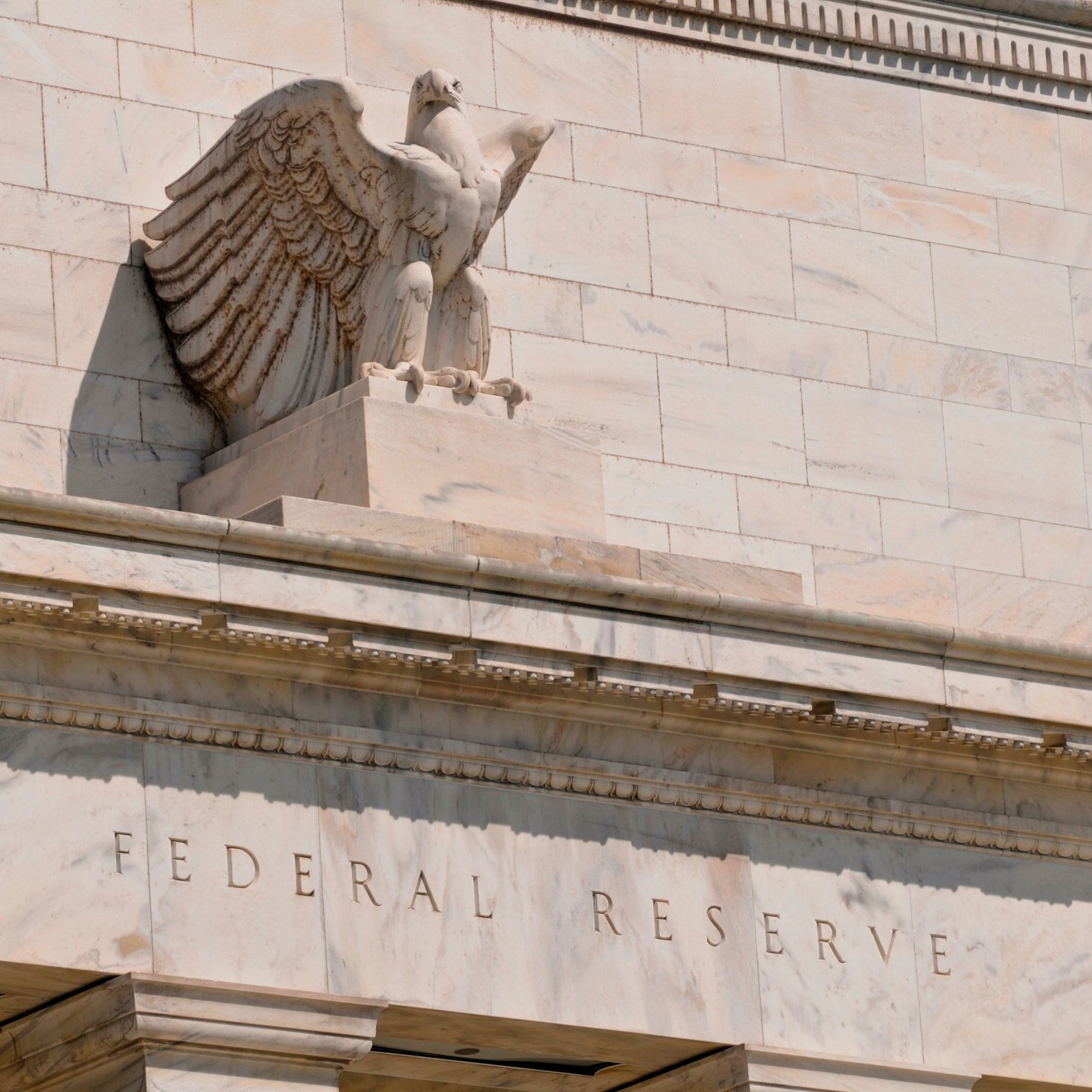Economy
Personal Income and Spending Show Dilemma for Fed Rate Hike Plans
Published:
Last Updated:
It may be the end of January, but key economic reports from December at still coming out. The personal income and outlays report from the Bureau of Economic Analysis is one such report. In short, it shows how much the population is earning and spending. Source: Thinkstock
Source: Thinkstock
Personal income rose by 0.4% ($58.7 billion) in December, beating the monthly consensus estimate from Bloomberg of 0.3%. Disposable personal income increased by 0.3% ($48.0 billion) in December.
Consumer spending also rose by 0.4% on December’s monthly reading, but that was under Bloomberg’s estimate of 0.5%. One issue that may have pulled back from the spending number was that November’s spending gain went from 0.6% to a revised gain of 0.8%.
Then there is the personal consumption expenditures (PCE) price index. This rose by 0.1% as expected, but it was up 0.2% in November. The long and short of the matter is that the pricing data remains rather muted. The year-over-year price index was up 1.7% on the headline annual gain and up 1.5% for the core personal spending report.
One issue that should have made a larger difference, at least on the surface, was that the personal savings rate dipped by 0.1% to a multiyear low of just 2.4%. And November’s saving rate was revised down to 2.5% from a preliminary 2.9% report.
According to the Bureau of Economic Analysis, the December report was broken down as follows:
The increase in personal income in December primarily reflected increases in wages and salaries and personal interest income. … The $34.4 billion increase in real PCE in December reflected an increase of $11.1 billion in spending for goods and a $23.2 billion increase in spending for services. Within goods, new motor vehicles was the leading contributor to the increase. Within services, the largest contributor to the increase was spending for electricity and gas.
In short, personal income rose equally with spending while the personal savings rate went down. And that occurred with annual prices reflecting inflation that is still well under the 2.0% to 2.5% inflation threshold that the Federal Reserve wants to see in its quest for rate hikes.
A financial advisor can help you understand the advantages and disadvantages of investment properties. Finding a qualified financial advisor doesn’t have to be hard. SmartAsset’s free tool matches you with up to three financial advisors who serve your area, and you can interview your advisor matches at no cost to decide which one is right for you. If you’re ready to find an advisor who can help you achieve your financial goals, get started now.
Investing in real estate can diversify your portfolio. But expanding your horizons may add additional costs. If you’re an investor looking to minimize expenses, consider checking out online brokerages. They often offer low investment fees, helping you maximize your profit.
Thank you for reading! Have some feedback for us?
Contact the 24/7 Wall St. editorial team.